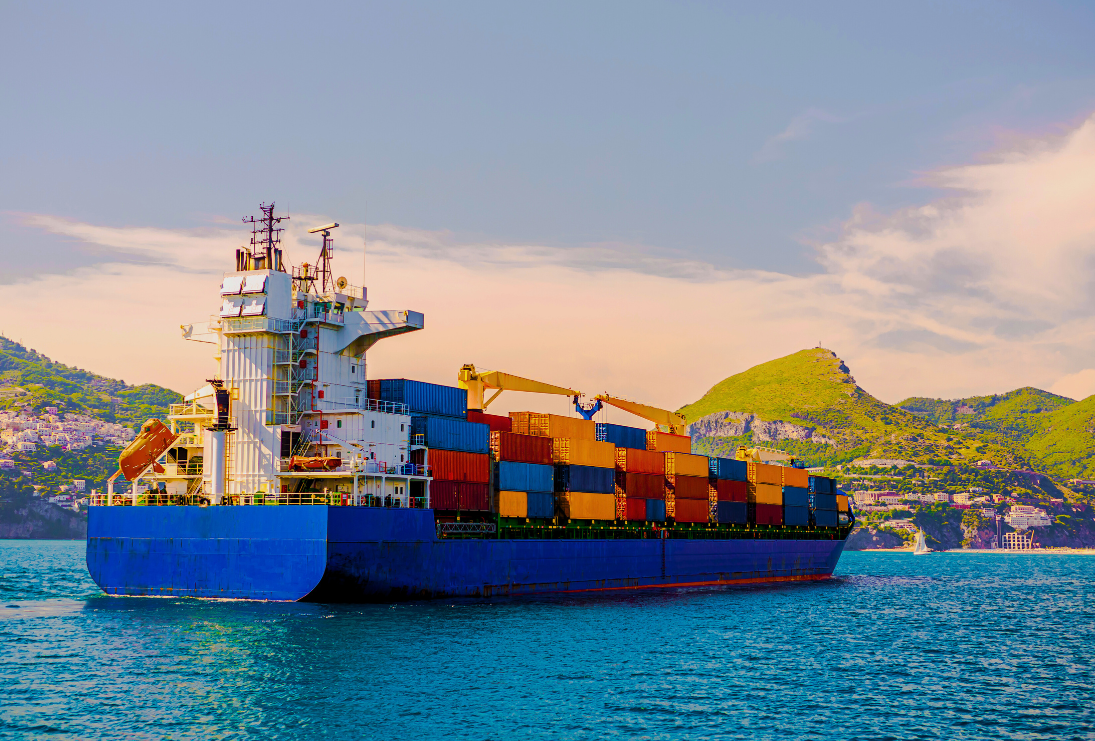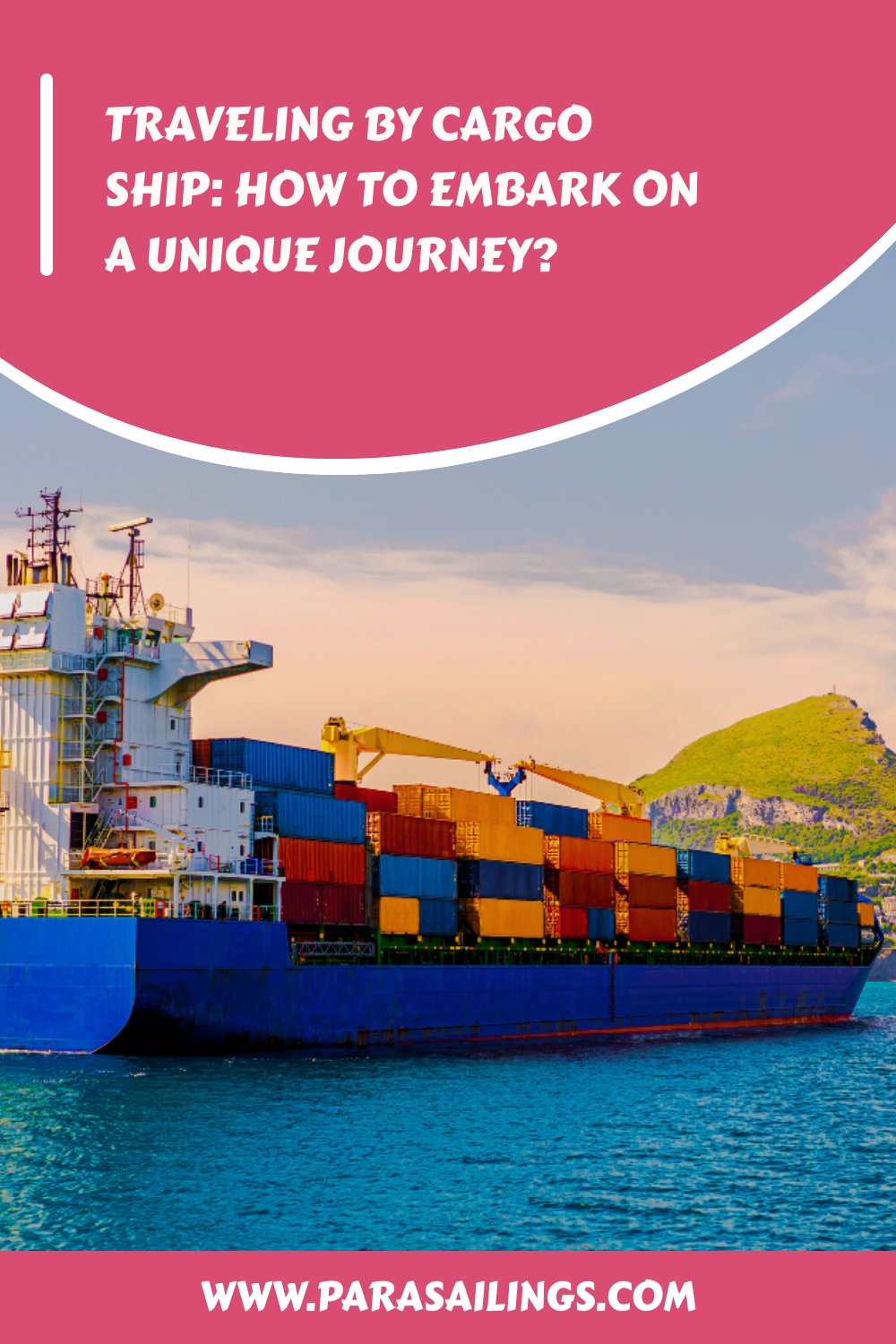Imagine standing on the deck of a massive cargo ship, the salty sea breeze brushing against your face as you gaze out at the endless horizon. The ocean stretches in every direction, and the only sounds are the gentle lapping of waves and the distant hum of the ship’s engines. This isn’t a typical cruise; it’s an adventure—a journey that few ever consider but one that can change your life.
In this article, you will discover what makes traveling by cargo ship an unforgettable experience. We’ll explore everything from how to plan your voyage, the costs involved, and what life aboard a cargo ship is really like. If you’ve ever dreamed of disconnecting from the chaos of everyday life and immersing yourself in a slower, more contemplative mode of travel, this guide is for you.
Why Traveling by Cargo Ship Offers a Unique Experience
Traveling by cargo ship presents an experience unlike any other. It’s not just about reaching a destination; it’s about the journey itself. While you cross oceans, you’ll witness the daily life of sailors and officers who spend months at sea. You’ll share meals with them, hear their stories, and perhaps even learn a thing or two about navigation. The multicultural environment on board adds to the richness of the experience, as crew members often hail from various parts of the world.
This journey offers something that a traditional cruise cannot—a genuine connection with the sea and the people who navigate it. On a cargo ship, you’ll find yourself immersed in a world where time slows down, distractions fade away, and the vastness of the ocean becomes your companion.
Planning Your Cargo Ship Voyage
Before embarking on this unique adventure, planning becomes essential. Cargo ships operate differently from passenger vessels, so spontaneity isn’t an option here. Start by deciding where you want to go. Whether it’s crossing the Atlantic, exploring the Pacific, or reaching remote destinations like the French Southern and Antarctic Lands, there’s a route for you. However, these ships don’t follow fixed schedules like airplanes. Expect flexibility in your departure and arrival times.
Next, choose a reliable travel agent who specializes in cargo ship voyages. These agents can help you navigate the complexities of booking, from finding the right ship to securing a cabin. Remember to book well in advance, as popular routes fill up quickly, often six months ahead of time.
The Cost of Traveling by Cargo Ship
Many travelers wonder about the cost of such an unusual journey. Traveling by cargo ship isn’t cheap, but it’s worth every penny. Expect to pay between 100 and 150 euros per day, which covers your cabin, meals, and basic amenities. While this might seem steep compared to budget travel options, consider the unique experience you’re paying for. This isn’t a standard mode of transport; it’s a voyage where you’ll cross oceans and continents, often with just a handful of fellow passengers.
Don’t forget to factor in additional costs, such as customs fees, port taxes, and travel insurance. These expenses add up, so plan your budget accordingly. While flying might be cheaper and faster, it won’t offer the deep connection with the world that you’ll find on a cargo ship.
Life on Board: What to Expect
Life aboard a cargo ship offers simplicity and routine. Forget about entertainment-packed cruises; here, you’ll find a more contemplative environment. Most cargo ships provide comfortable cabins with private bathrooms, and some even have gyms or small libraries. Your day will revolve around meals, reading, writing, and perhaps striking up conversations with crew members.
Without the distractions of modern life—no internet, no crowded tourist spots—you’ll have plenty of time to relax, think, and enjoy the journey. Bring books, movies, or hobbies to pass the time. The simplicity of life on board is what makes this experience so enriching.
The Ecological Perspective
If you care about your environmental footprint, traveling by cargo ship might appeal to you. While cargo ships aren’t carbon-neutral, they do offer a more sustainable option compared to air travel or cruise ships. The primary purpose of these ships is to transport goods, not passengers, which means they would make the journey with or without you. By hitching a ride on a cargo ship, you’re essentially making use of existing resources without adding significant environmental impact.
Consider this journey as a form of “slow travel,” where the experience and the journey itself become the destination. In a world that’s always rushing, this slower pace allows you to reconnect with nature and travel in a way that aligns more closely with sustainable principles.
Flexibility Is Key: Preparing for the Unexpected
When you decide to travel by cargo ship, flexibility becomes your best friend. Unlike commercial flights, cargo ship schedules are subject to change. Ships might depart earlier or later than expected, and weather conditions can delay your arrival. It’s crucial to stay adaptable and prepare for the unexpected.
Before your journey, arrive at your departure port several days early to avoid missing your ship. Pack essential items, including any necessary paperwork, in an easily accessible spot. Keep in mind that the ship’s priority remains the timely delivery of goods, so they won’t wait for you if you’re late. Embrace the unpredictability as part of the adventure.
Understanding Different Types of Cargo Ships
Not all cargo ships are the same, and understanding the differences can help you choose the right voyage. Container ships, the most common type, carry large standardized containers and have short port stops. Standard freighters, used for oversized goods, often have longer stays in port, giving you more time to explore.
If you’re interested in bringing your car along, consider traveling on a RORO (roll-on/roll-off) ship. These vessels transport vehicles and offer more freedom to move around on deck. For those seeking a more adventurous route, cargo tramps with unpredictable itineraries might be the way to go. Choose the ship type that best aligns with your travel goals and desired experiences.
The Human Connection: Life with the Crew
One of the most rewarding aspects of traveling by cargo ship is the opportunity to connect with the crew. Onboard, you’ll share meals with sailors and officers from around the world. These interactions offer a glimpse into their lives and the challenges they face at sea. Most crew members speak English, so don’t hesitate to strike up a conversation.
Respecting the crew’s work and routines is crucial. While they may welcome your curiosity, remember that they are there to do a job. Always follow safety guidelines, ask for permission before exploring certain areas, and contribute to a positive atmosphere by being a considerate passenger.
Embracing the Slow Pace of Travel
In our fast-paced world, the slow pace of cargo ship travel feels like a breath of fresh air. With speeds averaging 15 knots (27 km/h), these ships take their time crossing vast oceans. You won’t be rushing from one tourist spot to the next; instead, you’ll have the chance to truly unwind, reflect, and appreciate the journey.
This slower mode of travel encourages mindfulness. Whether you’re watching a sunrise over the Pacific or reading a book on deck, you’ll find that the time spent at sea offers a unique opportunity to disconnect from the pressures of everyday life and reconnect with yourself.
FAQ – Traveling by cargo ship
To book a trip on a cargo ship, contact a specialized travel agent or use websites like Sea & Travel or CMA CGM. Book well in advance, as cabins fill up quickly.
While not carbon-neutral, traveling by cargo ship is more sustainable than flying or taking a cruise. The ship would make the journey with or without passengers, making it a more eco-friendly option.
Pack essentials like books, movies, personal entertainment, and necessary documents. Also, bring seasickness medication and comfortable clothing. Expect to be self-sufficient in terms of entertainment.
No, working on a cargo ship in exchange for passage is not allowed due to insurance regulations. You must cover the cost of your trip yourself.
Expect to pay between 100 and 150 euros per day for your voyage, plus additional fees for customs and port taxes. The cost covers your cabin and meals.






